Most Kindergarteners are capable of accomplishing a lot academically. Many are ready to solve simple math problems, explore science concepts, and begin to learn to read. And we should challenge and engage our Kinders academically – their little minds are eager to learn and explore the world!
But not at the cost of eliminating play from Kindergarten. No way. Unfortunately, as academic expectations (and pressures on teachers) rise, free play is usually the first thing to go.
Believe me when I say that I’m a big proponent of rigorous instructions for our little ones! But I also feel strongly that:
- Free play is essential for developing social, emotional, and academic skills.
- Children should have opportunities to play at school.
- Learning itself should be playful and joyful for young students.
And really, I just don’t think that it’s necessary to eliminate play from Kindergarten for academic reasons. There is plenty of time during the school day for both learning and play. (If you teach half-day Kindergarten, I know just how precious time is – I work with struggling Kindergarten readers who are only at school for 2.5 hours a day. But I still think it’s important to carve out a little time for play.)
So what can play in Kindergarten look like? Read on to find out how I incorporated play into my full-day Kindergarten classroom!
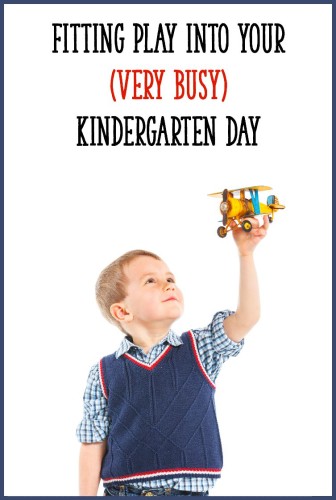
Free Choice Centers
The main way that I incorporated play into our day was through a block of “free choice centers” time. I always planned for about 45 minutes of play centers at the end of the day. (Check out this post to read about my schedule and how I fit it all in.)
This block of time definitely wasn’t a “do what you want” free-for-all! Starting at the beginning of the year, I “opened” one center or bin of materials a day.
On the day that I introduced a center, I modeled some different ways that the kids could play/interact with the materials in the center. We discussed rules for using the materials safely and responsibly. A few of the centers had “occupancy” limits (like the play kitchen – I only allowed 4 kiddos in there at a time) for safety reasons. But many of the centers were open to anyone who wanted to join in (kids will usually learn to self-regulate by leaving a center if there aren’t enough materials for everyone). After the lesson on using the center, I gave all students an opportunity to explore the center. The kids either explored the center as a whole group, if I had enough materials for everyone, or they rotated through it in small groups.
Once I had introduced about 5 different centers individually (about the 2nd week of school), I allowed the kids to completely self-select which centers they visited. They weren’t accountable for visiting all of the centers – they were generally allowed to play where they liked, when they liked, as long as they liked. There were no forced or timed rotations, unless a group of children was having trouble getting along in a center.
Some years, I required the children to indicate where they were playing on a chart. I used a pocket chart to create an interactive list of center options (a card with a word and picture for each center). Each student had to place a printed photo of himself next to the picture of the center where he was playing. If a child wanted to switch centers, he had to go back to the pocket chart and switch his photo to the new center. I taught preschool before I taught Kindergarten, and this was a strategy I’d used with my preschoolers.
Ultimately, I eliminated the pocket chart. My Kinders were able to independently decide on a center to play in. I still required them to tell me their choice before going off to play – this also helped prevent all of them from running for a coveted center at the same time. They also did well when switching centers independently (except for cleaning up…that was always a challenge!).
You may want to start off the year by having your kids use photos to indicate their center choices, and eventually phase out that requirement if your students no longer need it.
Ideas for Free Choice Centers
So what kinds of centers did my students play in? Here are some of their favorites:
- Play kitchen
- Dramatic play area (dress up clothes, props, etc. – can sometimes be combined with the play kitchen)
- Puzzles (including floor puzzles – they adored these!)
- Reading corner (can include familiar big books for acting out stories)
- Science corner (rocks, plants, seashells, and other natural items + magnifying glasses)
- Magnet board (with magnetic letters, numbers, shapes, etc.)
- Art center (construction paper, paper and cloth scraps, stencils, scissors, glue, colored pencils, markers, crayons, playdough, paint – if you are brave!)
- Blocks center
I also had a large assortment of “table toys.” Some of the table toys were math manipulatives (like counting bears). However, they were not required to use them for counting or other math activities.
I kept the table-toys in plastic bins that were accessible to the kids, so they could pull out a bin and take it to a table to play.
Here are some of the table toys they loved:
- Counting bears
- Stringing beads – great for fine motor development!
- Lace-up cards (click here to see what I mean) – also great for fine motor skills!
- Small blocks, like Legos, and toy people
- Plastic linking chains
- Geoboards (only when they are able to use rubber bands safely!)
Academic Integration in Free Choice Centers
Once I had introduced all of these centers to the kids, I then began integrating some academic content into the centers.
There were still no requirements for completing work or visiting each center. However, I found that when the kids were interested in a science or social studies topic, they loved to explore it further during free choice centers. Here are a few examples of how I incorporated academic content into free choice centers:
- Magnetic letter spelling – I created vocabulary cards to go with each science/social studies topic we covered, with a picture and the word. The kids made the words using magnetic letters.
- Themed art projects – I showed students how to make a craft related to our science/social studies topic, and then left the materials as an option in the art center.
- Building structures with blocks/Legos – I left photos of buildings or structures related to our unit of study (i.e. a farm or a city) in the blocks center. I invited students to create models of those buildings or structures using the blocks. The same can be done with playdough!
- “Special” book exploration – I made science/social studies-related books available for the kids to explore that I had checked out of the local library; they could only read these “special” books during free choice time.
Obviously, none of these activities are very “heavy” academically. However, they got students practicing their academic vocabulary as they talked about the materials in the centers! Introducing new, academic-related centers also helped get the kids excited about our science and social studies units.
The Teacher’s Role During Free Choice Centers
So what do you do while the kids are playing? That depends! I definitely didn’t do the same thing each day, but here are some of the activities I engaged in during this time:
- Supervising centers – Especially at the beginning of the year, you’ll want to just walk around the room and ensure that everyone is playing safely!
- Observing students – You can learn a lot about your kids by watching them play! This is a great time to take anecdotal notes, too, since you won’t always be directly involved with the kids.
- Interacting with students – Yes, play with them. 🙂 It’s a great way to bond with your kids, learn more about them, and help support their vocabulary development!
- Teaching students – Place yourself in a center and show students how to interact with the materials in a new way.
- Pulling individual or small groups of students for assessment or instruction – This is a great time to pull students, since they won’t be missing out on academic opportunities. You can monitor students’ progress, do some re-teaching, or do quick interventions. However, don’t plan to pull the same students every day! Struggling learners need play just as much (and sometimes more) than their peers!
Other Ideas for Incorporating Play
Daily free choice centers are not the only way to incorporate free play into your Kindergarten day! Here are some other ideas:
- Extra outdoor (or indoor) recess – sometimes I replaced free choice centers with an extra outdoor recess period
- “Fun Fridays” – let students play with toys of their choice for an extended period (this works great if you teach half-day and can’t do daily free choice centers)
- Free play with math manipulatives – allow time during math centers for students to explore pattern blocks and other materials freely, before asking them to complete academic activities with the materials
- Arts integration – have your students represent academic concepts through paint or playdough, but first let them use the paint and playdough freely
The Bottom Line
No matter how advanced or mature your Kindergarteners may be, or how much academic content you’re required to squeeze in, I still think that play is a non-negotiable. If your administrators don’t agree, find some research to back yourself up!
I also think that play is important for older kids, too – not just for Kinders. You can adapt many of the ideas from this post for your older students’ interests.
How do you incorporate play into your busy schedule? And how do you creatively integrate academics into play? I’d love it if you shared your ideas in a comment! 🙂 And follow me on Instagram to see how I incorporate play into daily learning activities!
Note: This post includes an Amazon affiliate link.

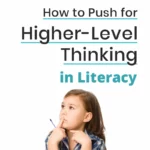
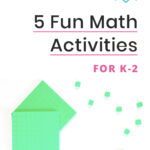
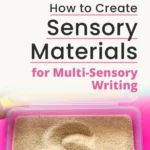
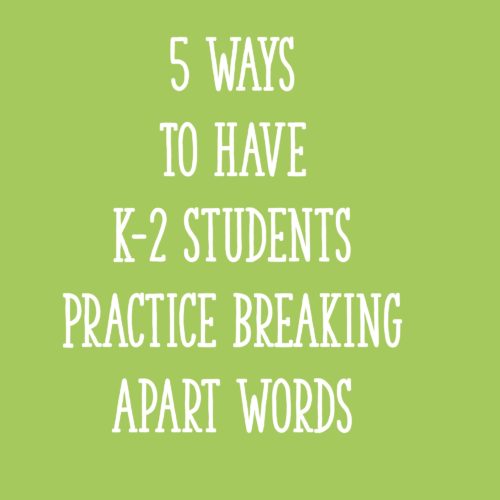
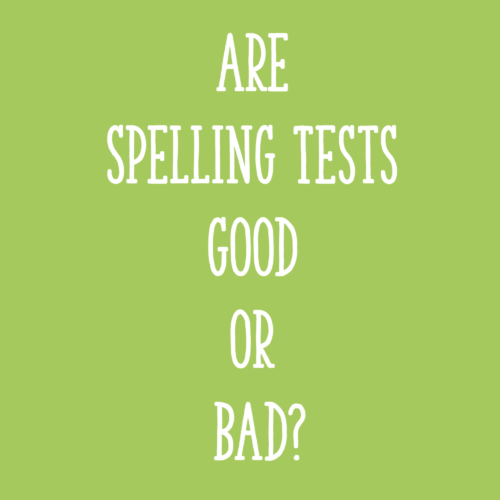
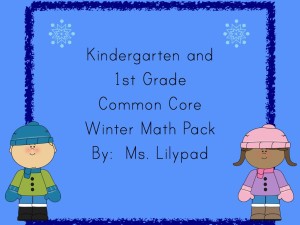






Thank you for addressing this in a blog post. As a half day kindergarten teacher and proponent of play as an important part of academic and social learning for kindergarten children, I am always disheartened to see teachers post schedules that do not include a time for play during the kindergarten day. So many of the skills involved in STEM and STEAM learning are naturally integrated into kindergarten classroom play experiences. I have a quote hanging in my classroom that says “Play is the highest form of research.” I truly believe it is. Over the years the time for play… Read more »
I completely agree, Joanne! I wish that teachers had more support from districts and administrators in prioritizing play. I’ve heard people say that “Kindergarten is its own animal,” and that is so true. If you’ve never taught it, it’s hard to understand. It would be great if every administrator/decision-maker had the opportunity to learn more about Kindergarten and the importance of play. Thanks for commenting!!
Alison
You talked about how important play is but your daily schedule doesn’t reflect that. One schedule has only 1/2 hour of ‘centers’ squeezed in at the end of the day (and my guess is that it is the first thing to go when time is tight). If you truly believe (as I do) how extremely important play is…then you would get it prime time and enough time.
Hi Jeanne! There are definitely opportunities for play integrated into other parts of the day, as well. I just like to carve out that 1/2 an hour at the end of the day so I make sure we have time for it, no matter what! 🙂
Alison
“Play is the highest form of research.” I truly believe it is. Thank you!
Agreed!! 🙂
Alison
Thank you Alison for putting the argument for play so well. I have spent the previous year prioritising play and choice centres in my K-2 classroom also after looking at the Finnish model, but had to continually wrestle with the guilt of ‘taking away’ from academic learning, even though I knew in my heart it was so valuable. This year I can freely commit to this, thank you! I found my students loved construction from boxes and recyclables, although we did use a lot of masking tape! I also integrated the use of robotics into this time, once the kids… Read more »
Hi Jo! I’m so so glad this was helpful!! That’s awesome that you and the kids had the opportunity to do robotics, too – wow!
Alison